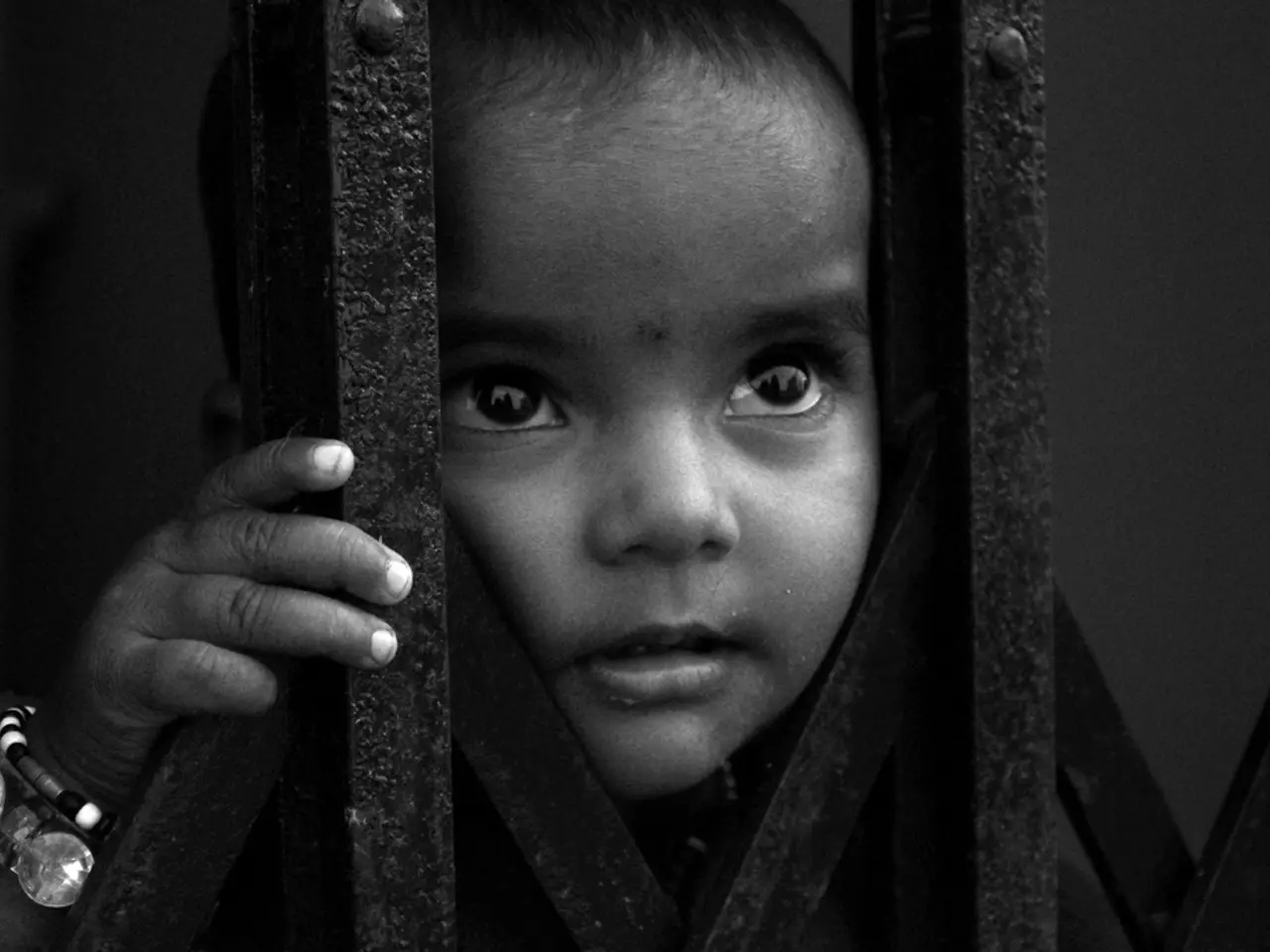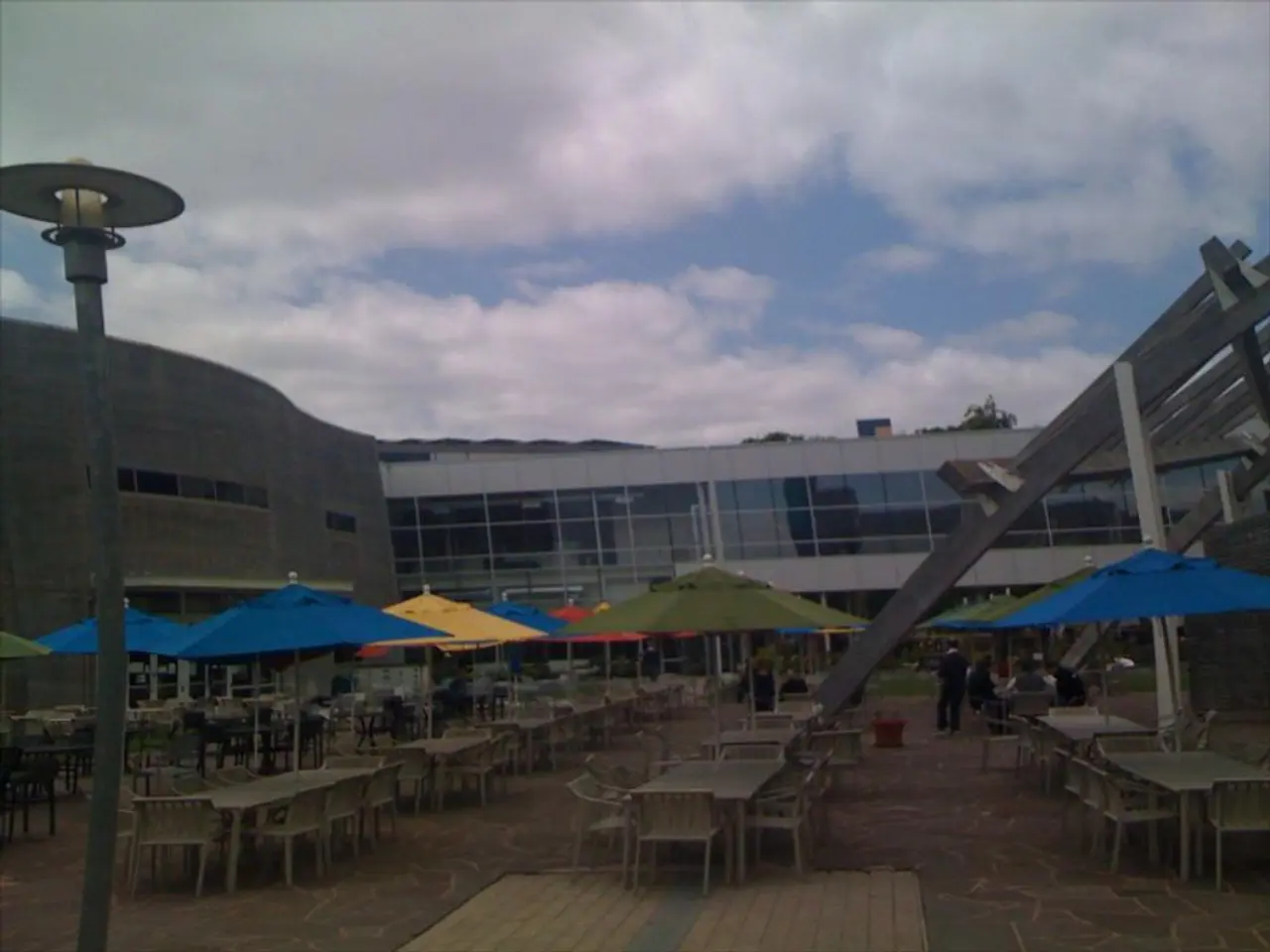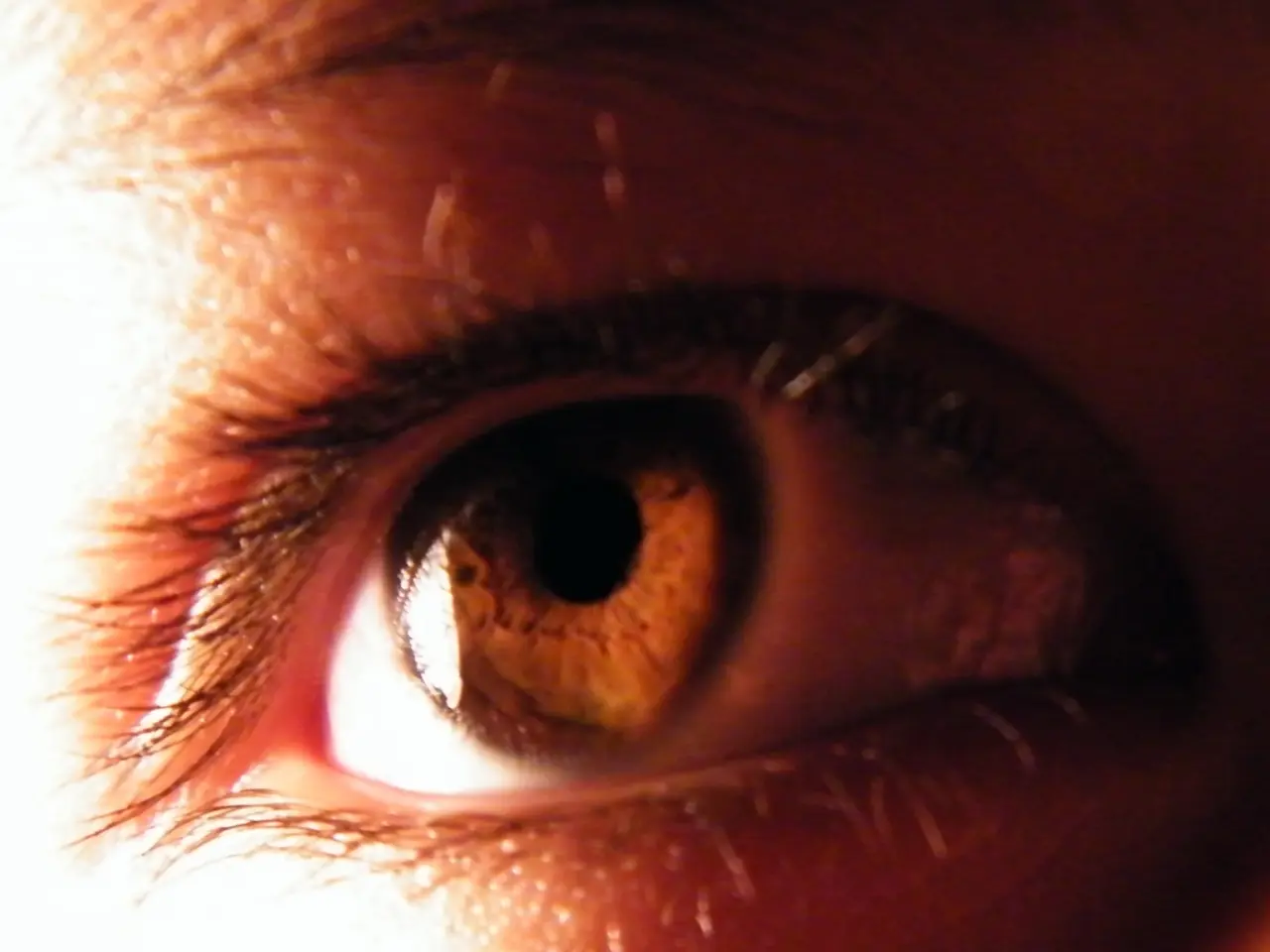Exposed Images of Child Labor in America's Coal History, Revealing its Ugly Past
In early 20th-century America, the coal mining industry was a significant energy source, powering homes, businesses, and factories. However, the industry's reliance on child labor came at a severe cost to the children themselves.
Children as young as five were subjected to dangerous and physically demanding jobs in coal mines. They worked as trappers, mule handlers, and breaker boys, often exposed to massive amounts of heat, whirling heavy machinery, and suffocating dust. The hazardous conditions put children at risk of injury, chronic health problems, and stunted development due to long hours and near-dark working conditions.
One of the most alarming incidents was the possibility of being caught between a mule and a coal truck, a risk that was all too common for these young workers. Despite the obvious dangers, employers often claimed children exhibited "contributory negligence" when they were injured on the job, denying them compensation.
The widespread use of child labor in coal mining was not considered exploitative at the time. Children were already working on family farms and as apprentices, and the economic necessity of the coal industry drove many families to send their children to work. However, as the public became aware of the harsh realities faced by working children, social reformers felt compelled to take action.
One such reformist coalition was the National Child Labor Committee (NCLC), founded in 1904. The NCLC aimed to raise public awareness, advocate for protective legislation, and promote compulsory education to keep children out of the mines and factories. The NCLC's efforts helped expose the harsh realities faced by working children and mobilized support for new laws that eventually limited child labor and improved working conditions across industries, including coal mining.
Lewis Hine, a famous photographer, was hired by the NCLC to document the conditions in which young children were working. His photographs, showing children working long hours in near-dark conditions, were instrumental in shifting public opinion and galvanizing support for reform.
The battle against child labor in coal mines was not won overnight. It took years of advocacy and reform efforts to eventually curb the practice. However, the NCLC became a crucial force in early 20th-century labor reform, instrumental in eventually curbing child labor in hazardous industries like coal mining.
While the Battle of Blair Mountain and the Mine Wars are significant events in the history of American coal mining, they also serve as a reminder of the struggles faced by child laborers in the industry. The history of child labor in early 20th-century America is a stark reminder of the importance of workplace safety, child protection laws, and the need for continued vigilance to ensure that such abuses are never repeated.
In the fight for child protection, the National Child Labor Committee (NCLC) played a significant role, exposing the harsh realities of children working in dangerous conditions, such as coal mines, through the powerful photographs of Lewis Hine. The NCLC's efforts in history helped shift public opinion, promote protective legislation, and ultimately limit child labor, improving health-and-wellness for countless children across industries, including science-based fields like coal mining.
As the public grew more aware of the hazards faced by children in coal mines, social reformers realized the importance of compulsory education and workplace safety regulations to protect children from the negative consequences of exploitative labor practices. This increased understanding of the importance of health-and-wellness for young workers has continued to influence modern discussions about child labor and workplace safety in both science and history.




